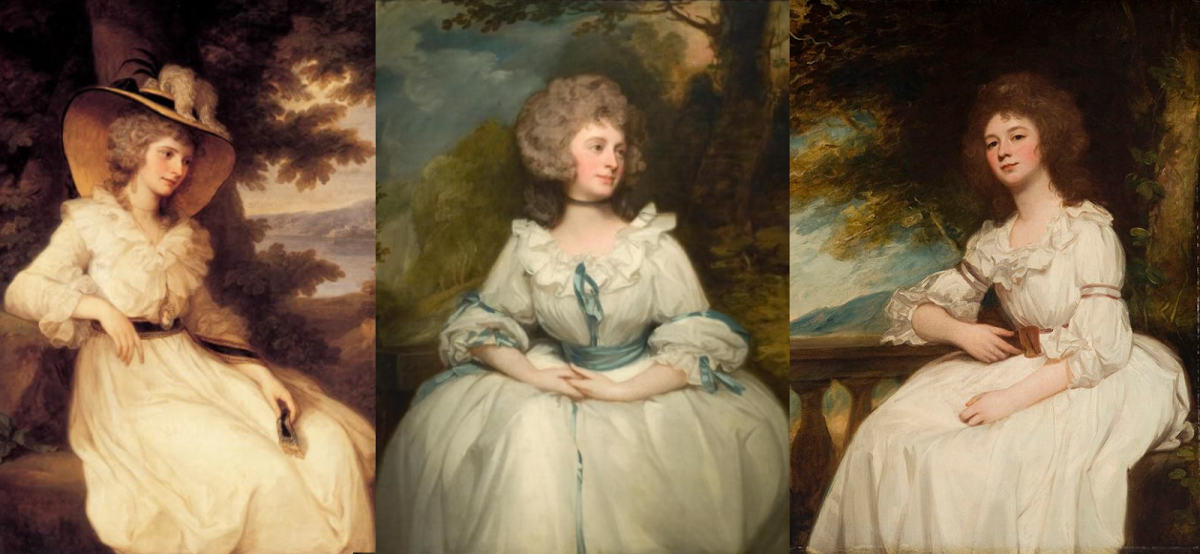In 1783, Marie Antoinette was painted for a portrait by painter Vigée Le Brun. The painting would be titled “Marie Antoinette in a Chemise Dress.” In Le Brun’s portrait of the queen, Antoinette was painted wearing a simple white dress with a straw feathered hat in a garden setting.
While the simplicity of the portrait reflected the use of simple, loose, white gowns that arose to popularity in the later half of eighteenth century France by the French elite, the portrait would lead to a series of controversies that would plague Antoinette till her death. Many critics of the painting deemed the dress as inappropriate for a woman of royalty, let alone the queen.
Many drew comparisons to the ensemble in the portrait to that of a simple underwear that was commonly referred to as a shift at the time.
Following the controversy, the dress that Antoinette was portrayed in would not only become more popular across Europe but would later be given the name of ¨Chemise à la Reine.”
The chemise à la reine was usually made of loose and lightweight textiles such as linen, cotton, lawn, and other sheer textiles that juxtaposed previous popular French fabrics, such as silk and damask that dominated French fashion prior.
While the rise of the chemise à la reine in French fashion is heavily documented, very little is known of its origins and how it reached the French nobility.
Many historians have suggested that the chemise à la reine had its origins within French eighteenth century Caribbean colonies.
Throughout the eighteenth century, French colonies, such as Saint Domingue (now modern Haiti) and French Louisiana, had both deep economic and social connections.
The majority of French colonies had a slave based economy that resulted in a large population of an enslaved black population that mostly came from the west coast of Africa. This black population incorporated looser, more utilitarian textiles such as cotton and linen into their everyday dress to adapt to the humid subtropical climate of the Caribbean.
Black populations incorporated French and African customs, creating a distinct dress that was simpler and in comparison to white French inhabitants of the island. This dress was made of a usually white cotton or linen shift or dress, that was adorned by a headwrap that would be referred to as a “madras”, or ¨Tiagon¨ depending on region.
Due to their close proximity, white inhabitants of French colonies began incorporating the same textiles into their own dress. While this cross fusion of dress would be viewed as cultural appropriation by modern standards, many historians have noted that the adoption of wearing looser fabrics was the direct result of white French populations adapting their dress for a sub-tropical climate.
While historians still debate on whether the chemise à la reine origins began with white French populations appropriating or adopting the dress of enslaved black populations, chemise a la reine origins reflect the cultural fusions of black communities under enslavement that would affect generations of black communities in the Americas.

